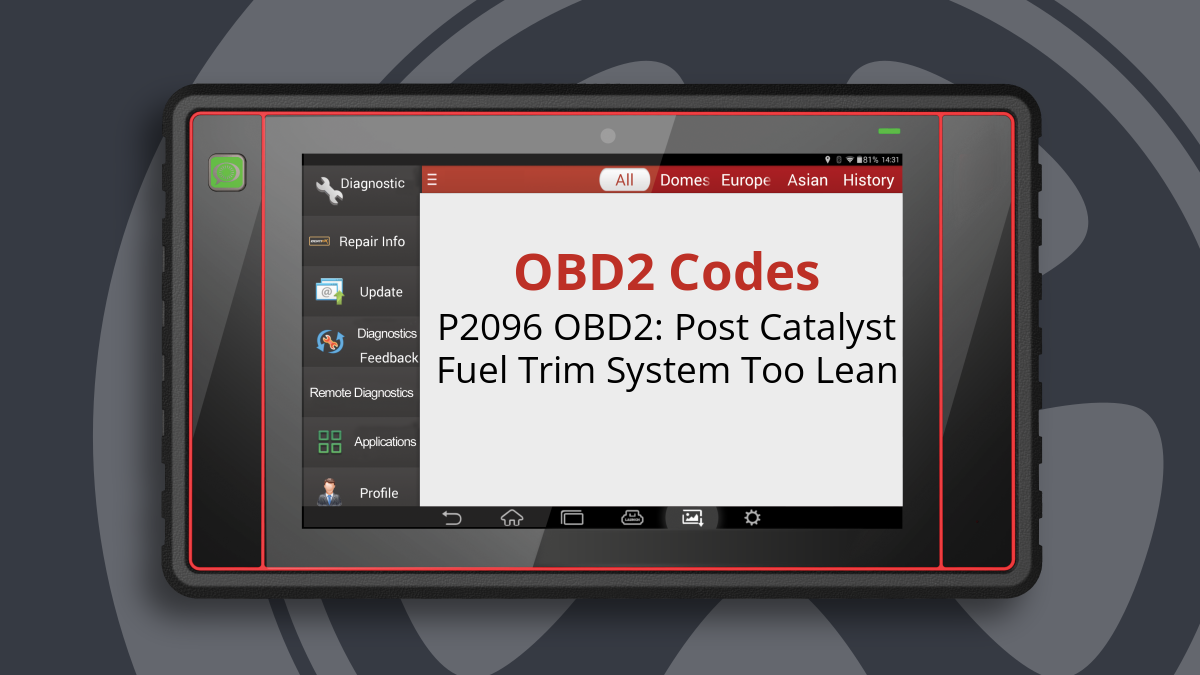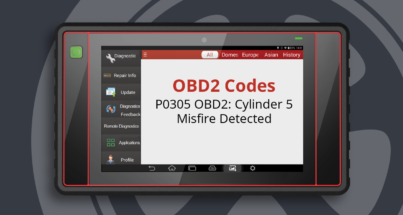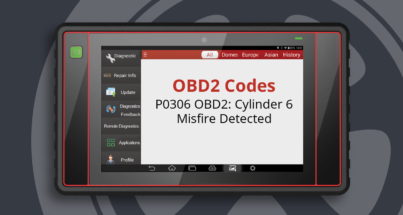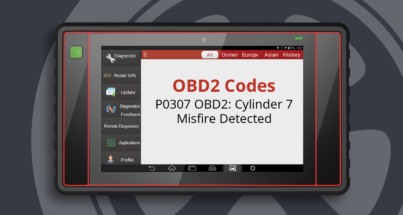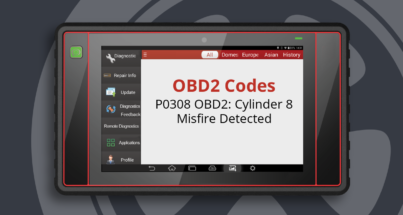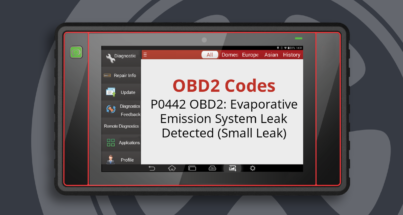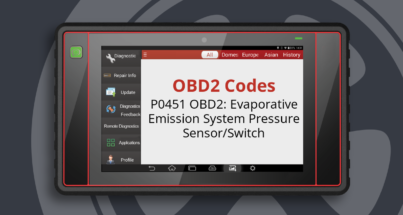The P2096 OBD-II code indicates a condition known as “Post Catalyst Fuel Trim System Too Lean” for Bank 1 of the engine. This code is triggered when the powertrain control module (PCM) detects an excessive amount of oxygen in the exhaust stream after the catalytic converter.
What Does the P2096 Code Mean?
Code P2096 signifies that the engine’s fuel trim is too lean on Bank 1 after the catalytic converter. The PCM monitors the oxygen levels in the exhaust via O2 sensors. A lean condition indicates that there is more oxygen than fuel in the air-fuel mixture, which can lead to poor engine performance and increased emissions.
What Causes the P2096 Code?
Several factors can lead to the P2096 code being set, including:
- A vacuum leak in the intake system
- An exhaust leak that allows unmetered air into the exhaust
- Fuel delivery problems, such as a failing fuel pump or clogged fuel filter
- Issues with the O2 sensor or its circuit
What Are the Symptoms of the P2096 Code?
Common symptoms associated with the P2096 code include:
- An illuminated check engine light
- Poor engine performance
- Decreased fuel economy
- A rotten egg odor from the exhaust
How Serious Is the P2096 Code?
The P2096 code is considered moderate in severity. While it might not pose an immediate threat to the vehicle’s safety or functionality, it is crucial to have the issue diagnosed promptly to prevent further damage and maintain optimal performance.
How to Diagnose the P2096 Code
To effectively diagnose the P2096 code, follow these steps:
- Perform a visual inspection of the exhaust system, O2 sensors, wiring, and vacuum hoses for any visible damage or leaks.
- Check for vacuum leaks using a scan tool to monitor short term fuel trim (STFT) readings. Values greater than +10 indicate a lean condition.
- Inspect for exhaust leaks by listening for unusual noises and looking for soot spots or cracks in the exhaust system.
- Check fuel delivery by testing fuel pressure and monitoring STFT values under varying engine speeds.
- Assess O2 sensor operation using a scan tool to ensure proper readings for both upstream and downstream sensors.
Common Repairs for the P2096 Code
Repairs for the P2096 code may include:
- Fixing any identified vacuum leaks or exhaust leaks
- Replacing a faulty fuel pump or clogged fuel filter
- Reconditioning or replacing defective O2 sensors
- Addressing wiring issues in the O2 sensor circuit
How Much Does It Cost to Fix the P2096 Code?
The cost to repair the underlying issues causing the P2096 code can vary widely depending on the specific problem. Basic repairs like fixing leaks may range from $100 to $300, while more complex repairs, such as replacing fuel pumps or O2 sensors, can cost between $200 and $800.
Can I Fix the P2096 Code Myself?
While some basic troubleshooting and repairs can be done by a knowledgeable DIYer, it is recommended to consult with a professional mechanic for a proper diagnosis and repair, especially if you are unfamiliar with engine diagnostics and repair processes.


